Forgotten Login
If you have forgotten your login details enter your email address in the form below.
Forgotten Login
If you have forgotten your login details enter your email address in the form below.
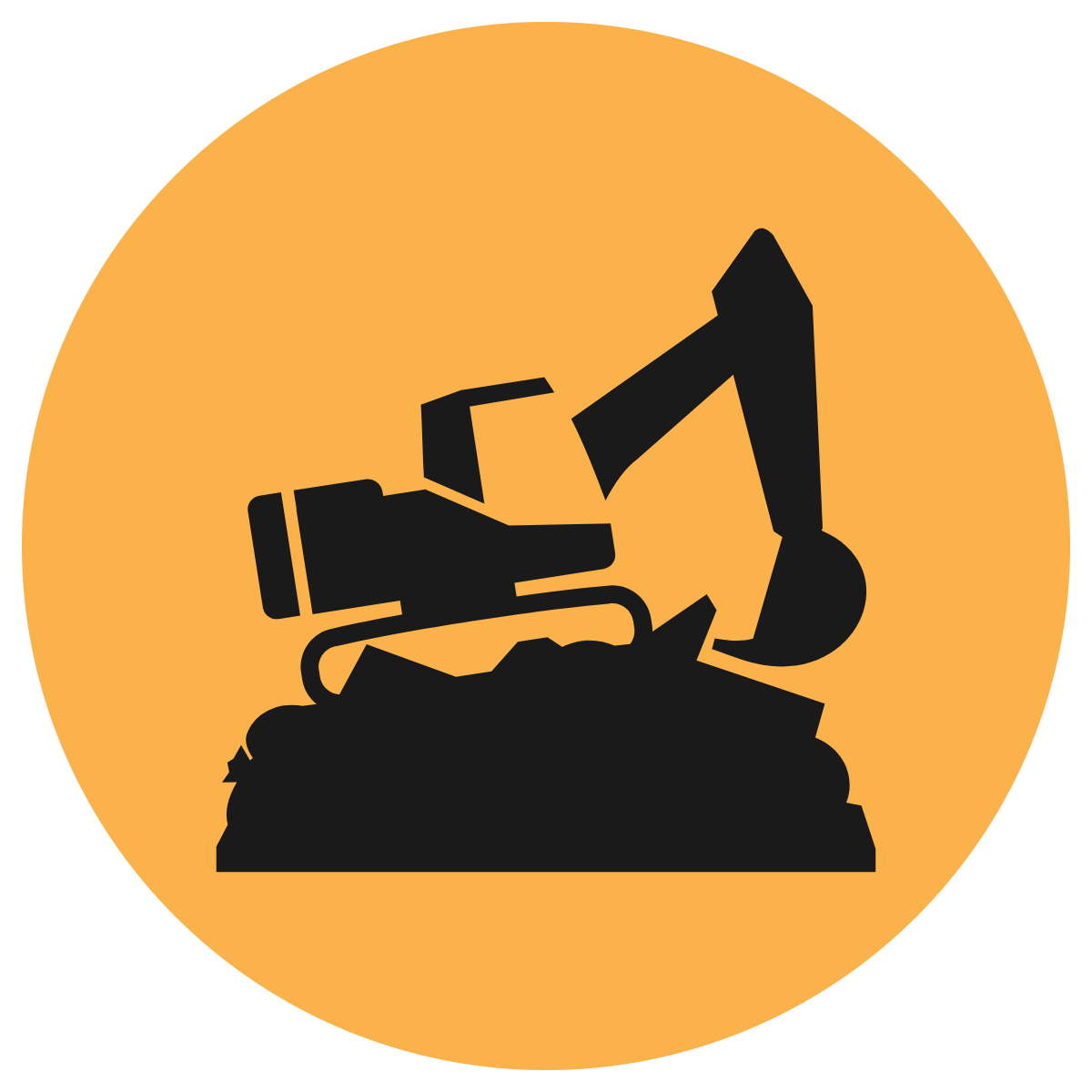
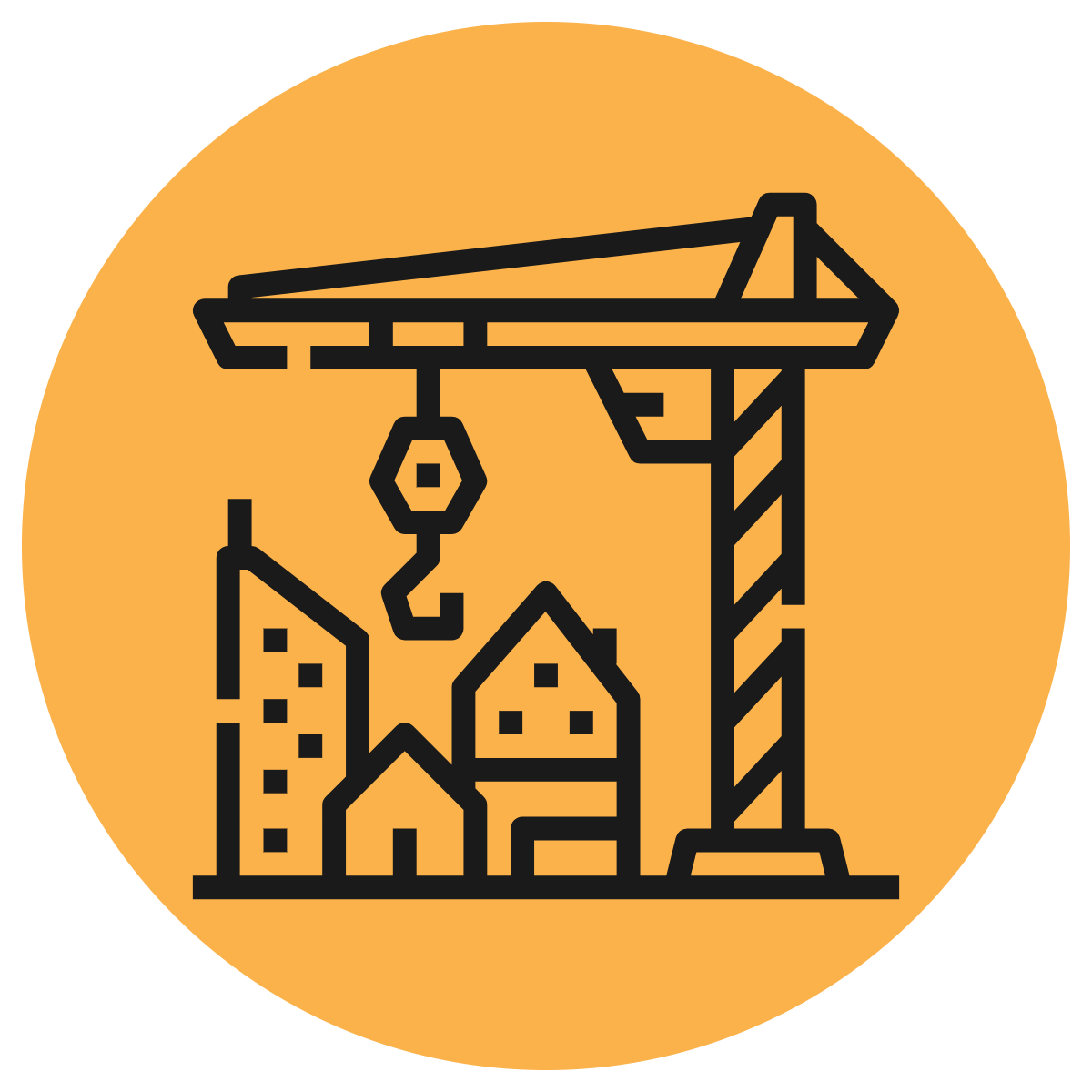
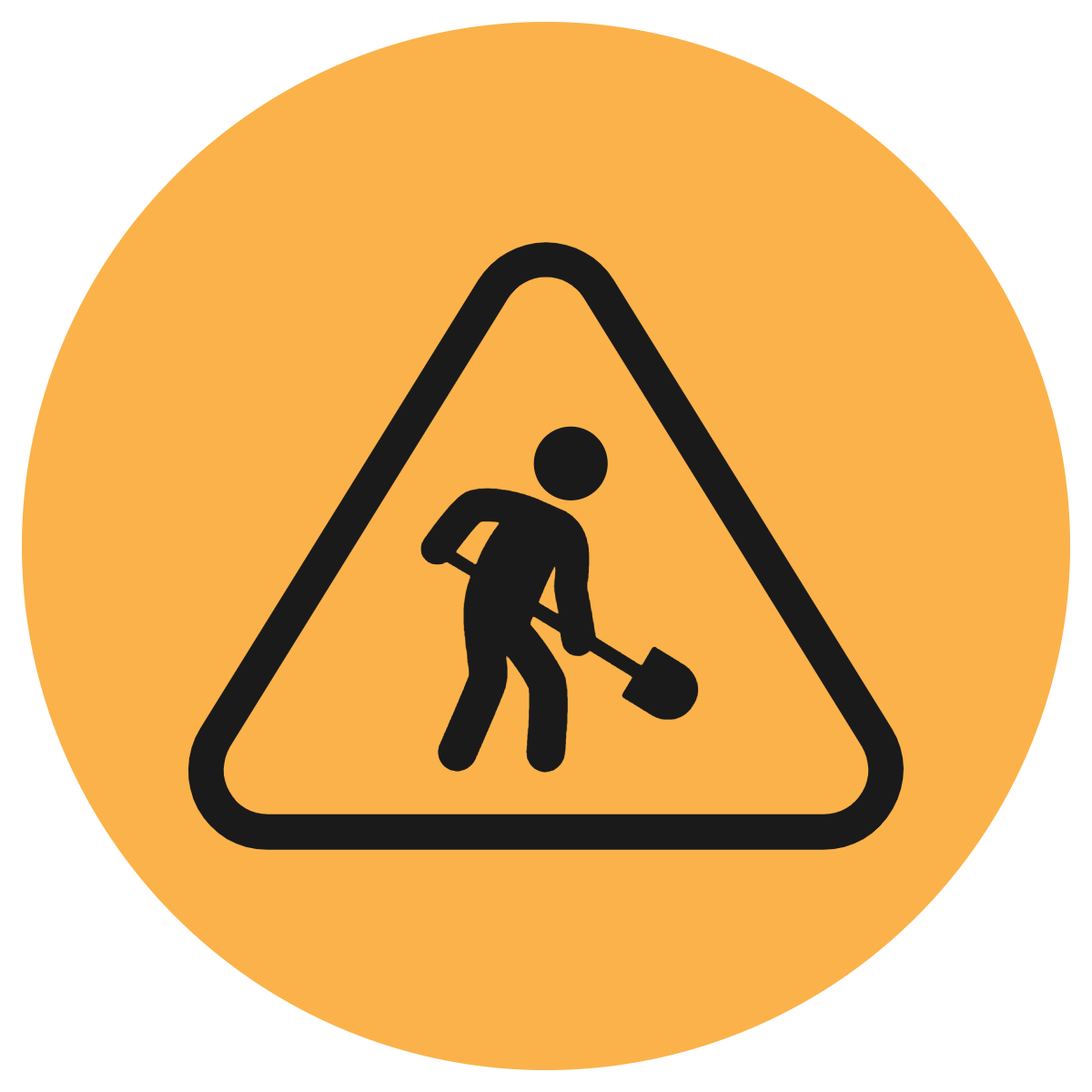
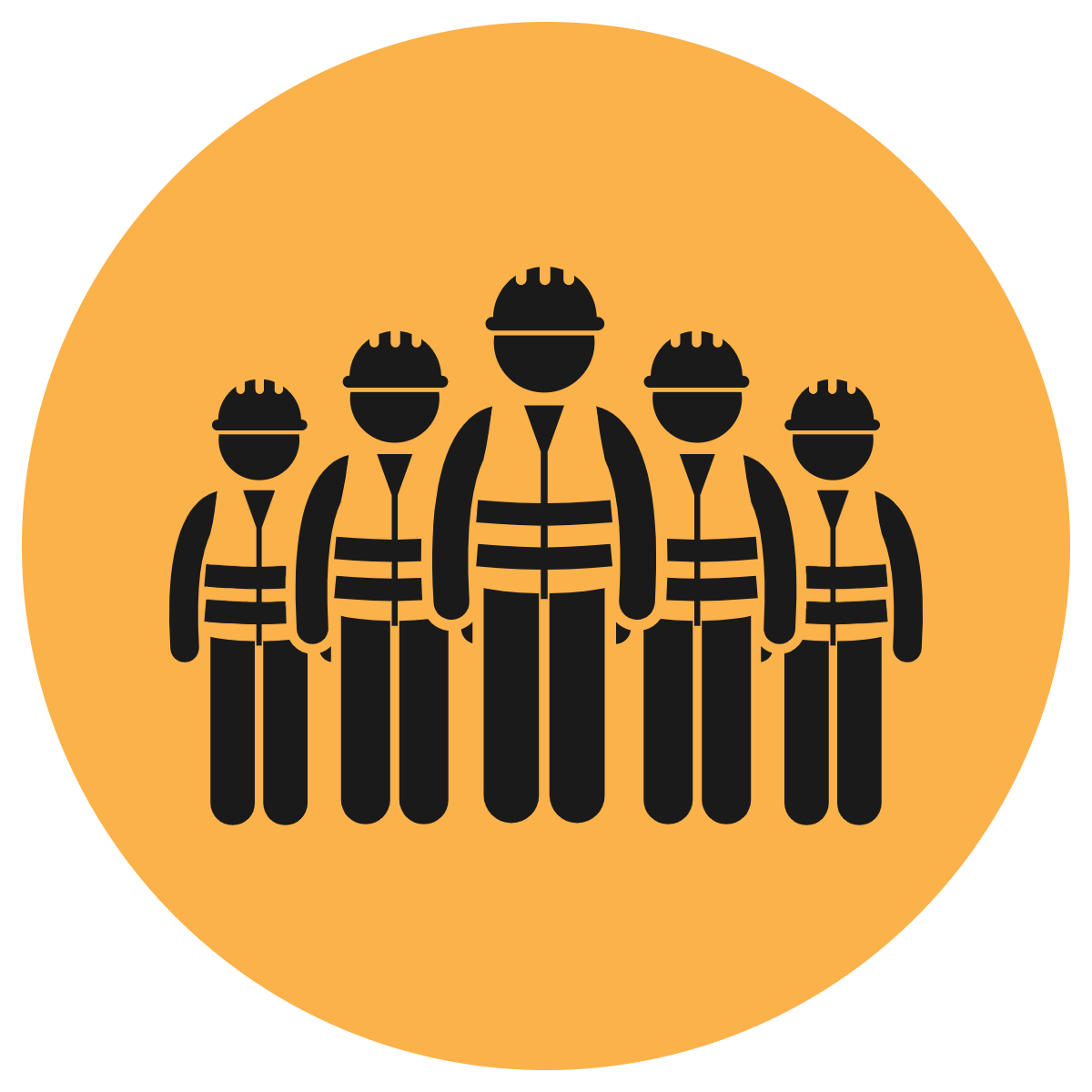
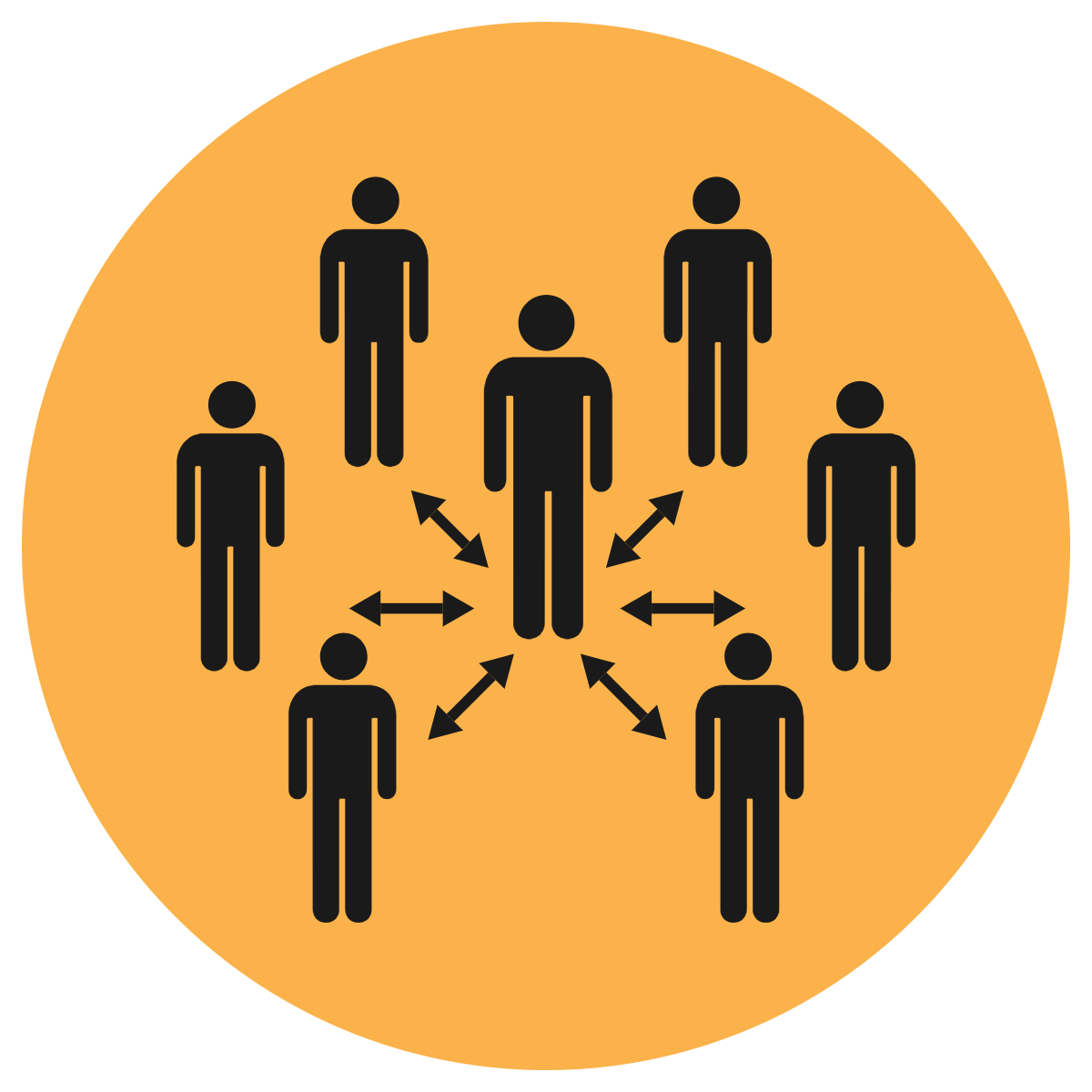
In this section you will find information on;
1. Clients in Construction
2. The Project Supervisor Design Process (PSDP)
3. The Project Supervisor Construction Stage (PSCS)
4. Duties of Contractors

The Safety, Health and Welfare at Work (Construction) Regulations 2013 defines 'client' as a person for whom a project is carried out. The regulations place certain duties on Clients. These duties are intended to ensure that the project is designed and constructed by competent persons.
The introduction of the Safety, Health and Welfare at Work (Construction) Regulations 2013 places responsibilities on homeowners, called Clients in the Regulations, who are having construction work carried out on their home.The aim of this guide is to provide practical information for homeowners as to what they need to know and do.

The project supervisor design process must be an individual or body corporate i.e. a limited company. In general, this will be a firm of architects, chartered surveyors, consulting engineers or project managers. It can also be the main contractor (e.g. in cases of design and build contracts or small projects with minimal design input). In all cases the person or company undertaking the role must have the necessary competence to carry out the relevant duties. The project supervisor design process must be appointed before design work commences. This is to ensure effectiveness in addressing and co-ordinating safety and health matters from the very early stages of a project.
What are the duties of the Project Supervisor for the Design Process (PSDP)?
The duty of the project supervisor for the design process is to ensure co-ordination of the work of designers throughout the project.
The PSDP must:
The PSDP may issue directions to designers or contractors or others.
In relation to the appointment of PSDP - can you have more than 1 PSDP assigned to a project or should there only be one?
A PSDP is appointed by the Client to oversee the coordination of the design work. The PSDP can be either a person or a company, what is important is that the appointed PSDP is able to fulfil the responsibilities of the position.
The Regulations require that there be only 1 PSDP appointed for each independent project.
Guidance on the role and duties of the Project Surpervisor for the Design Process are included in this document.

The role of the project supervisor construction stage is to manage and co-ordinate health and safety matters during the construction stage. The project supervisor construction stage is appointed before the construction work begins and remains in that position until all construction work on the project is completed.
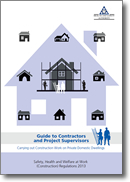 Guide for Project Supervisors and Contractors carrying out Construction Work (PDF 2.1MB)
Guide for Project Supervisors and Contractors carrying out Construction Work (PDF 2.1MB)
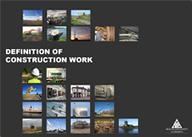 Definition of Construction Work (PDF 673KB)
Definition of Construction Work (PDF 673KB)
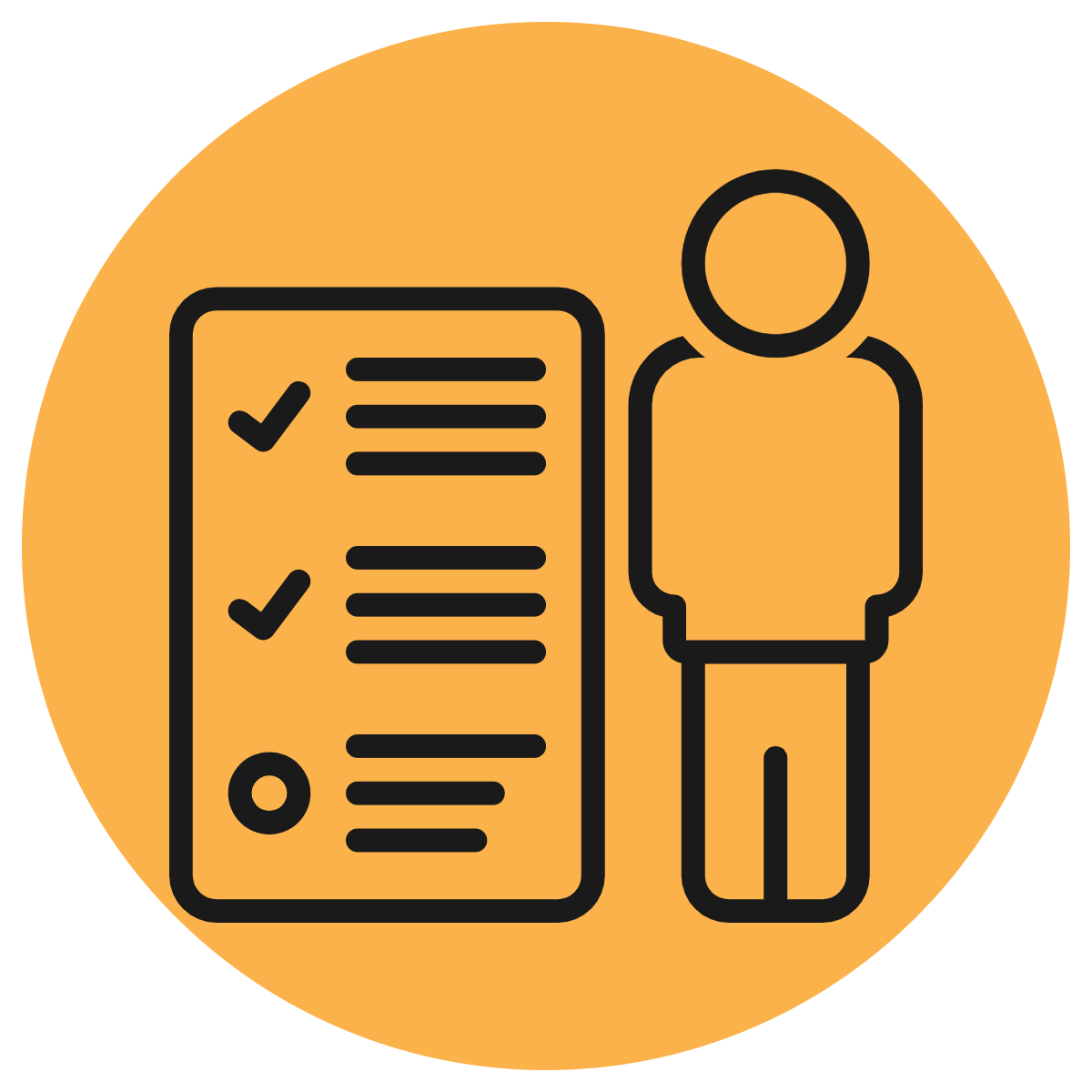
What is the definition of Contractor?
In general a 'Contractor' means any employer whose employees carry out construction work and includes both main contractor and sub-contractor. A contractor may also include a self-employed person. In addition, a body such as a local authority may also be a contractor, if the construction work is carried out directly by employees of that body.
What are the duties of Contractors?
The contractor has significant duties relating to a wide range of issues.
A contractor must:

2020 - Safety Alerts |
2018 - Safety Alerts |
2017 - Safety Alerts |
2016 - Safety Alerts |
2015 - Safety Alerts |
2014 - Safety Alerts |
Health & Safety Authority Safety Alerts Webpage

The Role of a Client in a Construction Project
The Role of the Project Supervisor for the Design Process (PSDP)
The Role of the Project Supervisor for the Construction Stage (PSCS)
The Construction Stage Safety and Health Plan
The General Duties of Contractors in Construction

Asbestos
|
Chainsaws
|
Chemicals and Health
|
Electricity
|
Emergency Planning
|
Employee Information Sheets
|
Homeowner Guidance
|
Plant and Machinery
|
Manual Handling
|
PSCS Guidance
|
Risk Assessment Method Statement (RAMS) Interactive Template and Guidance
|
Safety Management
|
Safety Signs
|
Sensitive / Vulnerable Workers
|
Slips, Trips and Falls
|
Traffic Management
|
Welfare
|
|
Work-Related Stress
|
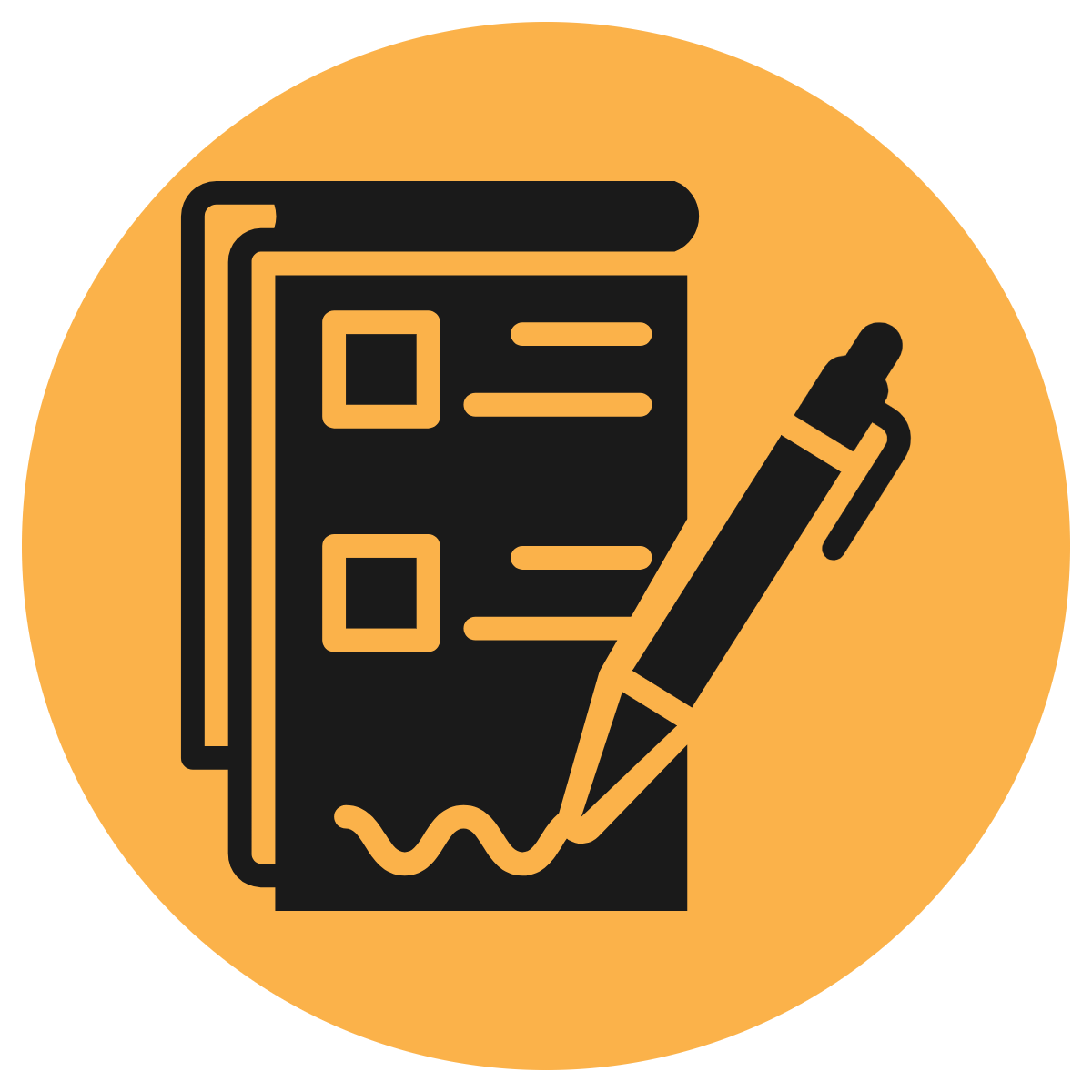
Notifications
|
Lifting Equipment
|
Work at Height |
Personal Floatation Devices |
Pressure Vessels - Register and Report of Thorough Examination
|

Templates
|
Registers
|
Forms
|
Note: Downloading in Rich Text Format (RTF) means you can edit the document
Sample Outputs - Not for Operational Use |
|

When appointed by the client as the Project Supervisor Construction Stage (PSCS) you must develop a suitable construction stage safety and health plan for the project, prior to the commencement of construction work. The plan provides the blueprint for managing and co-ordinating safety and health during construction and needs to explain how the key safety and health issues will be managed. It must be relevant to the particular project and should be developed in conjunction with the Safety and Health Plan prepared on a preliminary basis by the Project Supervisor Design Process (PSDP).
You must then develop your construction stage safety and health plan by adding all relevant information about your project and following the information and guidance contained in the document. Finally keep the construction stage safety and health plan updated and ensure the relevant information is available to anybody associated with the project that may need it. You must keep a master copy of your construction stage safety and health plan that you have developed on a local or secure storage area as BeSMART.ie does not have the capability of editing or saving updated files.
When you get to the management screen you will be now given the following three options;
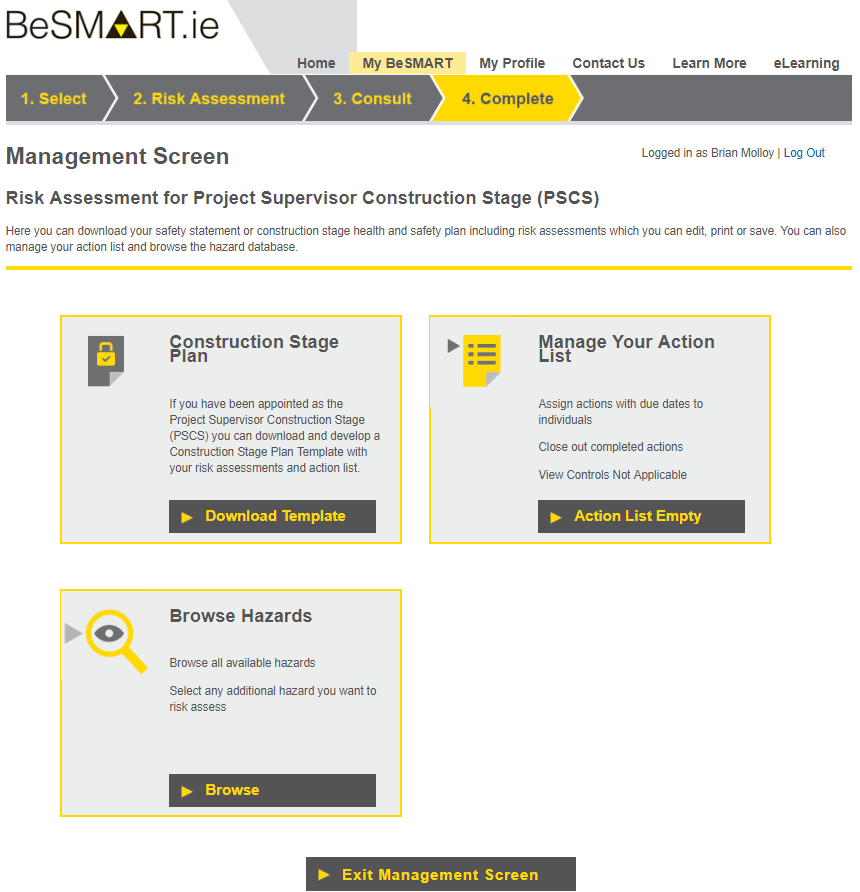
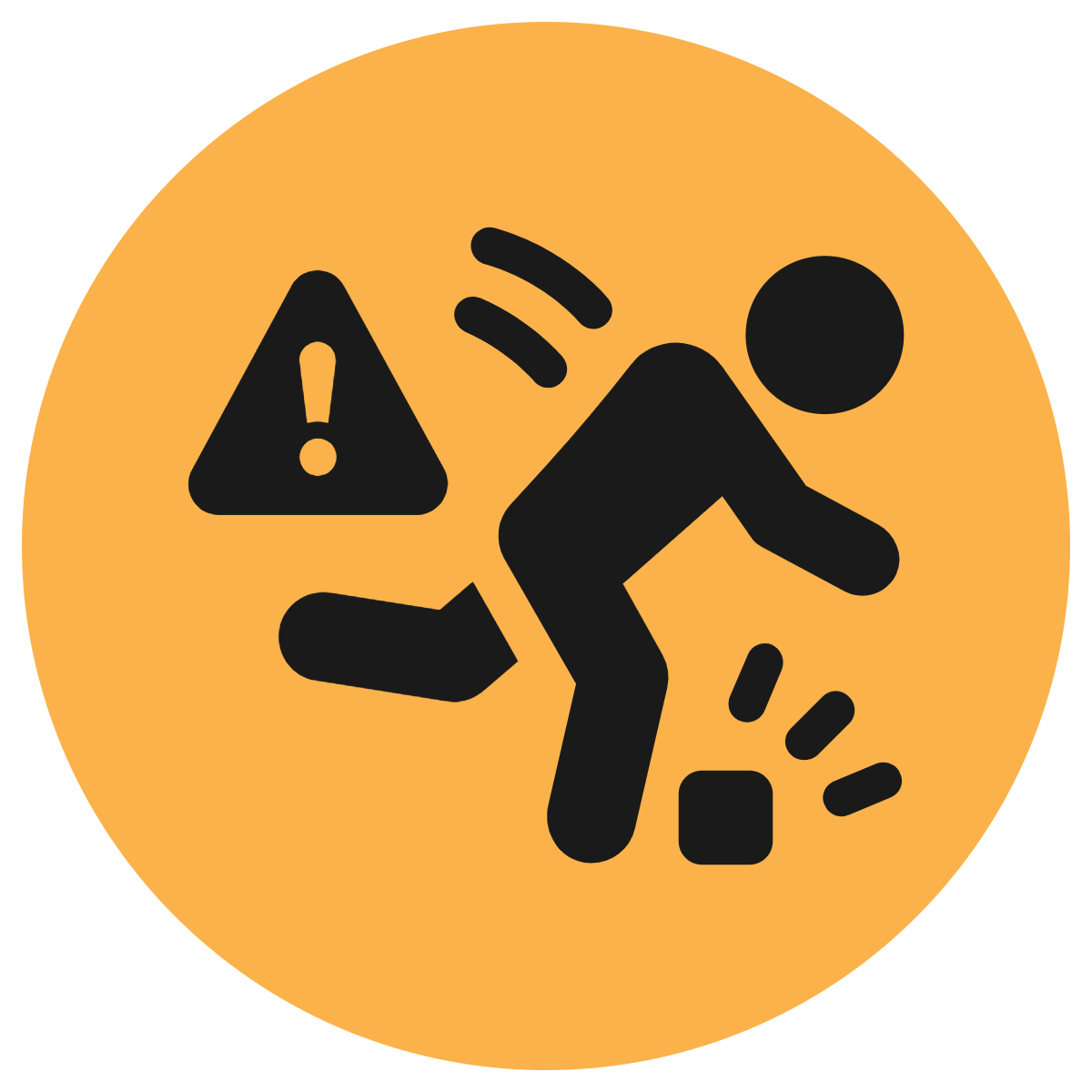
Form IR1 - Notification of Accident
|
Form IR3 - Form of Notification of a Dangerous Occurence |
Internal Accident / Incident Investigation Form |
Guidance on Reporting of Accidents and Dangerous Occurrences |

Tool Box Talks for Construction
|

|
|
|
|
|
|
|
|

The primary objective of the SSWP is to identify the major hazards associated with your work activities and to ensure that appropriate controls are in place before work commences. The Safe System of Work Plan (SSWP) complements the Safety Statement required under the Safety, Health and Welfare at Work Act 2005.
|
|

Construction Site Traffic Management Plan (CSTMP)
|
Load Security
|
Plant
|
Driving for Work
|
Work PositiveCI is a FREE State and stakeholder supported psychosocial risk management process that helps organisations identify ways to improve employee wellbeing.
Use Work PositiveCI to improve employee wellbeing
Work PositiveCI is a completely confidential psychosocial risk management process. It involves a ‘whole workforce’ approach which can be rolled out over a three to six month period and be re-used every few years.
Work PositiveCI assesses workplace stressors, employee psychological wellbeing and critical incident exposure in the workplace. If not properly managed these stressors can lead to poor mental health and wellbeing, increased sickness absence, presenteesim and lower productivity.
It provides easy-to-understand online reports, identifies risk areas and provides clear guidance on ways to improve employee wellbeing, enabling focused action to be taken. Work PositiveCI provides specific support and guidance in addressing critical incident exposure in the workplace.
Work PositiveCI can lead to high impact results, such as reducing sickness absence and turnover, and increasing employee engagement, wellbeing and productivity.
Work PositiveCI helps employers comply with health and safety legislation at a national and European level. Employers are obliged under the Irish Safety, Health and Welfare at Work Act 2005 to ensure safe places of work for all employees, which covers mental as well as physical health and safety.
There is no software to download. The surveys take ten to fifteen minutes to complete. You can log in to create surveys, access your response rates and view results 24/7, using any Wi-Fi enabled device. The surveys are completely FREE to use.
Work PositiveCI is completely confidential. The data is processed by an independent service provider in compliance with applicable Data Protection legislation.

This course is designed for tradespeople who, during the course of their work, could potentially or unknowingly disturb asbestos containing materials (ACMs) causing asbestos fibres to be released into the air. Completion of this course does not in any way enable you to work with asbestos containing materials (ACMs)
Course duration: 30 minutes
Learning outcomes:
On successful completion of this course you should be able to:
• understand what asbestos is
• outline the health effects of exposure to asbestos
• recognise potential asbestos containing materials (ACMs) in the workplace
• outline the steps to take to protect yourself from exposure to asbestos
CPD points: Continuing Professional Development (CPD) points are available from Construction Industry Registry Ireland (CIRI) for this course. One hour of learning will contribute to one CIRI CPD point. Any construction company wishing to avail of the CIRI CPD points must record them as learning outcomes on their own training matrix which then needs to be presented annually to CIRI at the point of renewal.
This introductory course aims to help learners to develop an overview of safety and health in construction. It is relevant for those at third level in construction-related disciplines as well as those undertaking apprenticeships in any construction-related areas.
Course Duration: 120 minutes.
Learning Outcomes:
At the end of this course you should be able to:
• Recognise the importance of managing safety and health in construction and key legislation.
• Report workplace accidents.
• Understand training, first aid and welfare provisions.
• Identify types of hazards and ways to prevent accidents.
• Understand how to plan a safe working environment in construction by implementing safety procedures for electrical equipment, overhead electricity lines, demolition and many more important aspects of safety.